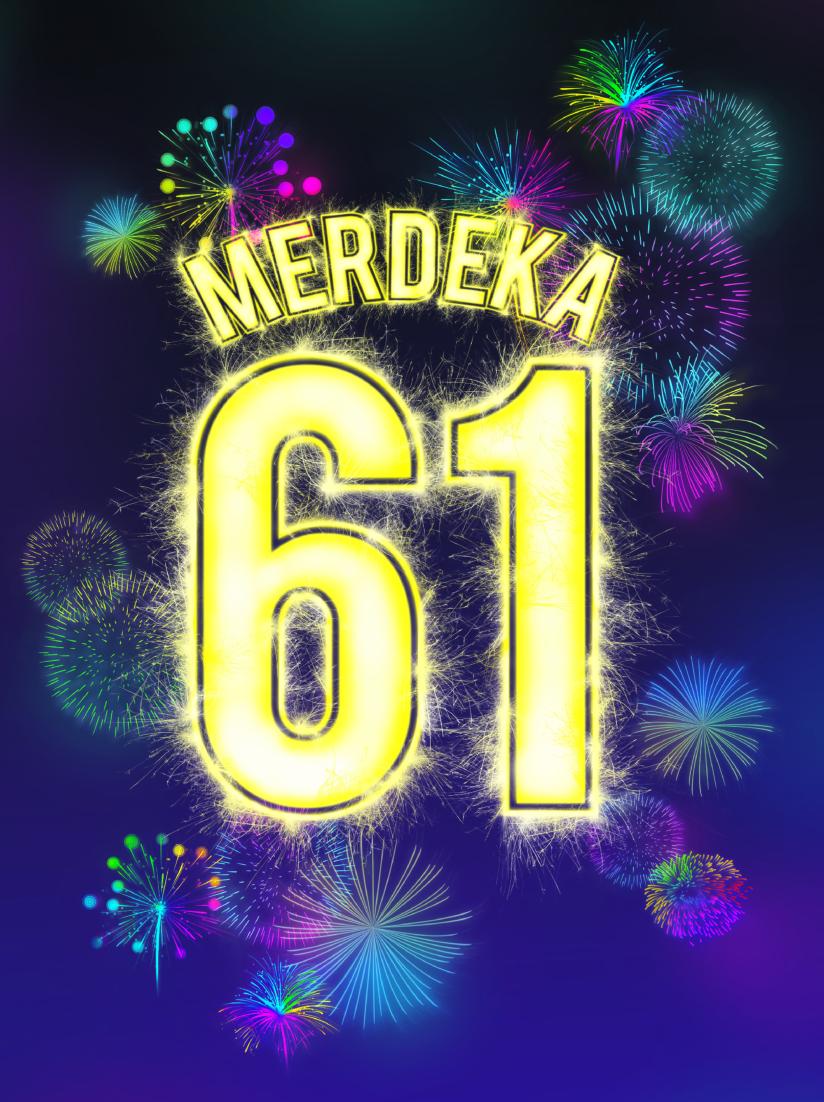
The “Negaraku” was originally the state anthem of Perak
At the time of Independence, Malaysia did not have a national anthem. Tunku Abdul Rahman decided to organise a worldwide comptetion to find a suitable national anthem for Malaysia. Although there were 512 entries, none were deemed suitable. In the end, Tunku opted to use the Perak State anthem, titled “Allah Lanjutkan Usia Sultan”, as the national anthem. Together with a panel of judges, Tunku wrote the new lyrics for “Negaraku”.


The real date and location Tunku Abdul Rahman announced Merdeka
We all know that on 31 August 1957, Malaysia’s Father of Independence, Tunku Abdul Rahman, stepped onto the stage at Dataran Merdeka holding a 100-year old ‘keris pukal’ in his right hand and declared independence with seven shouts of “Merdeka” in front of an ecstatic crowd of 100,00 people.
But do you know Tunku actually announced the date of independence on 20 February 1956 at Padang Bandar Hilir in Melaka? Tunku thought it was appropriate that Melaka to be the place to proclaim the independence date because the state was where the foreign invasions began before the Peninsula was colonised by the British.
The Jalur Gemilang was designed by an architect
The Malaysian flag was designed by an architect named Mohamad Hamzah in 1963. Selected out of hundreds of entries in a contest, the Jalur Gemilang was first raised on 16 September 1963.


Hibiscus
After receiving independence in 1957, the nation needed a national flower to symbolize her identity. In 1958, the Ministry of Agriculture sought proposals for a national flower from all state governments. Seven flowers were proposed. In 1960, after careful consideration, the ministry selected the hibiscus due to its eye-catching, bigger-sized red petals and the fact that it blooms throughout the year.
The difference of Hari Merdeka and Hari Malaysia
Hari Merdeka, also known as Hari Kebangsaan, refers to the day the Federation of Malaya officially declared its independence from the British Empire on 31 August 1957. On the other hand, Hari Malaysia commemorates the formation of Malaysian on 16 September 1963, when Sabah and Sarawak joined the Federation of Malaya.

Fun Facts About Malaysia

Local time has been adjusted eight times!
Perhaps there is a reason for the infamous Malaysian timing phenomenon. Local time in Malaysia has been adjusted a total of eight times throughout history: in 1932, clocks were advanced by 20 minutes to “lengthen” daylight; in 1941, the time was sped up another ten minutes; in 1942, it was fast forwarded another two hours to follow Tokyo’s time; in 1945, they reserved the clocks to the time observed in 1941, and finally, on 1 January 1982, Tun Dr. Mahathir decided to push the time forward by 30 minutes to sync up with Sabah and Sarawak.
Malaysia’s Badminton Legend – Datuk Lee Chong Wei
Datuk Lee Chong Wei was the no. 1 ranked badminton player in the world for 199 consecutive weeks from 2008 to 2012 and also holds the record of being the only Malaysia player who was ranked no. 1 for more than a year. He has also won three Olympic silver medals and is the sixth Malaysian to win Olympic medal. Datuk Lee Chong Wei used to love basketball early in his childhood but, according to him, his mother banned him from playing basketball and this is when he decided to choose badminton.


Malaysia creates history in the KL SEA Games 2017
Malaysia created history and recorded achievements in many areas in the Kuala Lumpur SEA Games in 2017. Malaysia emerge as the overall champion with their best ever outing at the biennial event with 145 gold, 92 silver and 86 bronze medals. One of the best achievements was the gold-medal victory of the Sultan of Terengganu, Sultan Mizan Zainal Abidin, in a record-breaking feat in the equestrian endurance race.
Malaysia’s oldest name
Long before Malaysia got its name, Greco-Roman geographer Ptoley named our lovely country Aurea Chersonesus, which means ‘penisula of gold’. The name was found in Ptolemy’s book Geographia, written about A.D. 150.


The official language of Malaysia
The official language of Malaysia is Bahasa Melayu. But most Malaysian can converse in English as well as other ethnic dialects such as Mandarin and Tamil, as well as the ubiquitous colloquial Malaysian English or “Mang-Lish”, an English-based creole that combines various dialects, with “lah” being used as an exclamation for most sentences for emphasis.
Malaysia’s first national service experiment
The three-month National Service Training Programme officially started in 2003, but Malaysia’s very first ‘experiment’ with the national service programme took placce more than 50 years ago. In 1962, during the Indonesian Confrontation, the government has decides to call up youths aged between 21 and 28 a two-year military training.



